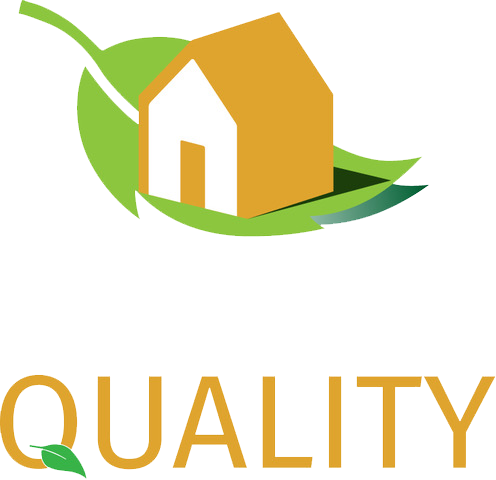Buildings represent one of the biggest contributors to greenhouse gas emissions, and it’s estimated that just under one-third of those emissions come from everyday operations.
Operational emissions are those that are generated through things like heating and cooling a building, lighting a building, ventilating a building, and the building’s water supply. According to the World Green Building Commission, these activities account for around 28% of all carbon emissions to be generated from built assets on a global scale.
To achieve climate goals, it’s clear that operational carbon emissions must be reduced, and the new London Plan is laying the groundwork for this with its ‘Energy Hierarchy’.
What is The Energy Hierarchy?
The Energy Hierarchy is part of the new London plan for sustainable development across the capital. The plan is intended to shape all design, construction, and operation of any new buildings constructed within the Greater London area, and the Energy Hierarchy outlines the different stages and different priorities that are needed to help improve the efficiency of buildings and reduce a building’s day-to-day footprint.
The Be lean, be clean, be green, be seen – the Energy Hierarchy:
1. Be lean: Use less energy
2. Be clean: Utilize localized energy sources
3. Be green: Reduce energy demand
4. Be seen: Track, monitor, and promote progress
How Can The Hierarchy Help Reduce Operational Emissions?
As the Energy Hierarchy shows, the most critical first step in the plan to reduce operational carbon emissions is to design buildings that require less energy to run. This can be achieved through thermal insulation, bioclimatic architecture, air tightness, ventilation, and the use of innovative building materials that minimize the need for high consumption activities such as heating, cooling, lighting, ventilation, and more.
Once that has been achieved, the next focus is looking into how sustainable energy and renewable technologies can be incorporated into daily operations. This can be achieved through strategic building design that ensures the facilities and capacity to both store and deliver energy from renewable sources and generate on-site electricity and heat production as much as possible through the use of tech like PV panels.
The third focus is managing energy demand and, where possible, reducing peak energy loadings. This can be achieved through tailored demand reduction strategies and smart technologies. These methods can help to schedule systems to run at off-peak hours, and cycle equipment to prevent demand overload. It can also partially be achieved through the installation of low-energy equipment within the building.
Will The Hierarchy Work?
‘Be lean, be clean, be green, be seen is a value hierarchy that can help to focus priorities and ensure that a standardized framework is being followed for all new buildings – as well as existing ones – to help reduce energy usage, promote the use of energy-efficient equipment, and ultimately reduce carbon emissions from operations.
Government research, as outlined in the new London Plan, estimates that the first three techniques together – be lean, be clean, be green – could result in a 35% carbon reduction. And, by tracking, monitoring, and making improvements to efforts, it’s the fourth and final step – be seen – that’s going to get us on track to net zero by 2050.





